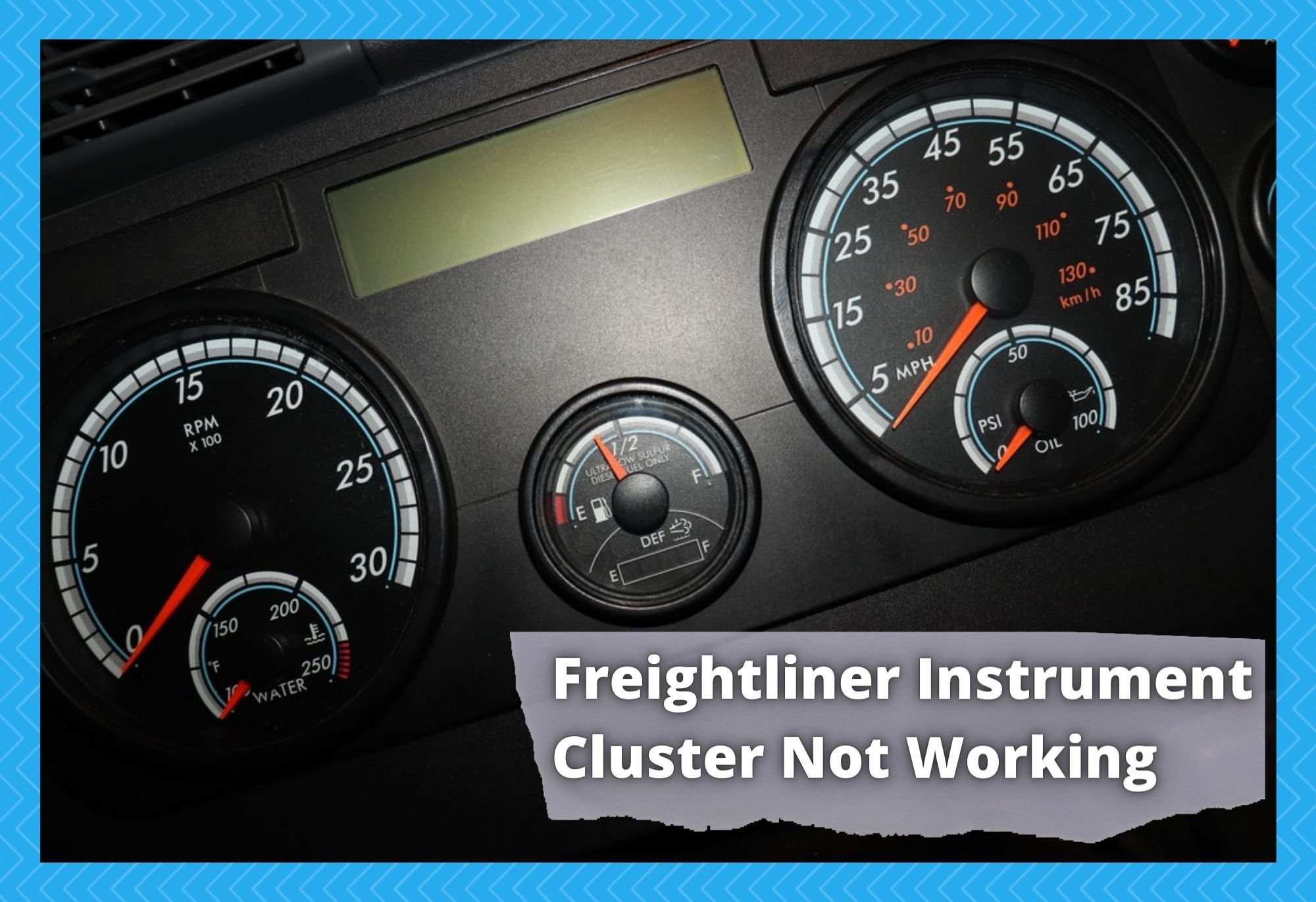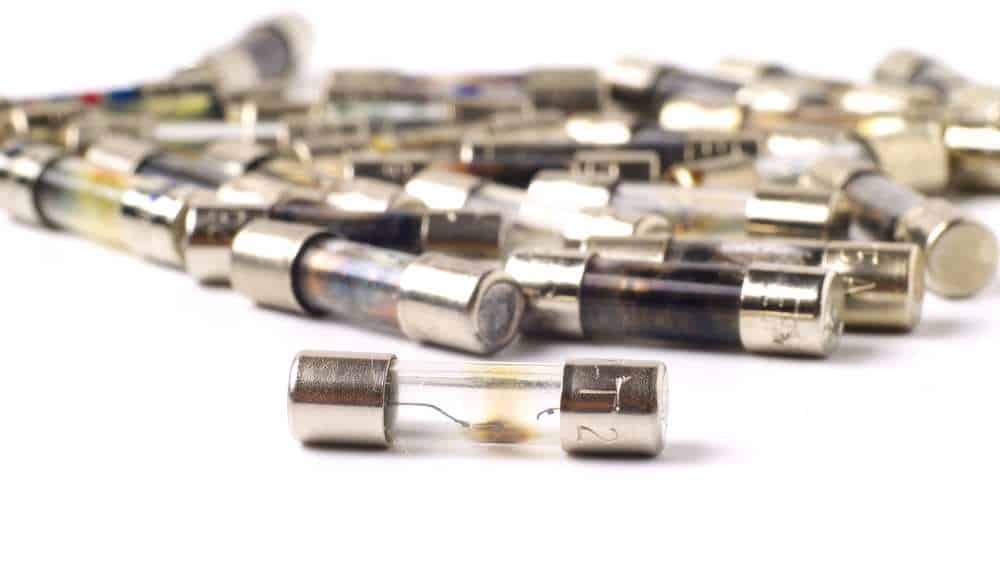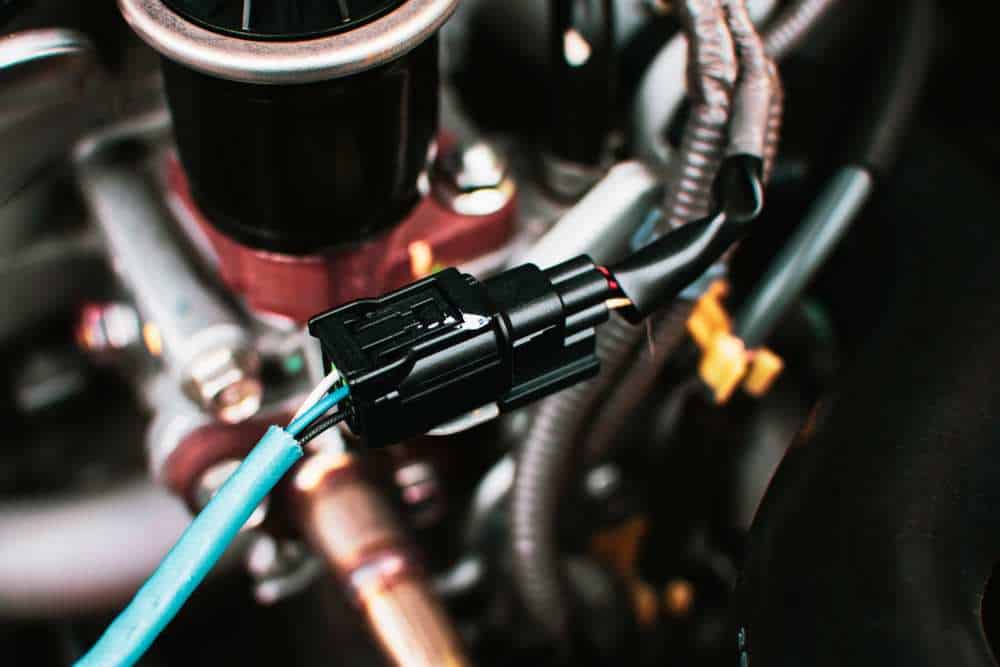
If you spend a lot of your time on the road, like we assume you do if you own a Freightliner, you will know exactly how important the instrument cluster is. It’s one of those things that we just seem to take for granted. We never imagine that it is the kind of thing that can stop working all of a sudden and leave you in the lurch.
This can pass for a while if it’s in a car, but in a heavy-duty workhorse, it is far too much of a hindrance to ignore. You need to be able to keep a track on certain readings for piece of mind.
Sure, the basic indicators that you are given are the most important to restore immediately. However, if you happen to own one of the more upmarket models, there are a whole load of other readings that have now been lost too.
The most important function of all these readings is that they can serve to effectively keep the vehicle and the driver – along with everyone else on the road – safe, by letting them know far in advance if there is likely to be a catastrophic failure in the near future.
Put simply, it is just not safe to be out on the road if you have this problem. It is of utmost importance that you have a look at fixing this right away. For this, we have put together a few quick troubleshooting steps to help you out.
In most cases, the cause of this issue isn’t all that severe and can be fixed by those with little to no experience. It’s just a simple case of knowing what to look for and what to do about it. So, let’s see can we get you back on the road!
Fixing Issues Freightliner Instrument Cluster Not Working
As we always do with these guides, we will start out with the easiest fixes available first. That way, we won’t end up accidentally wasting time on the harder stuff without reason to. If you don’t happen to have much tech knowledge, don’t worry about it too much.
We will try to guide you through the trickier bits as best as we possibly can. On top of that, we will give you fair warning if some task is beyond the skillset of a novice. With that having been said, let’s get started!
1. Blown fuse or a defective solenoid
When electrical instruments such as these go out, the first thing you should always be looking for is evidence of a blown fuse. This is especially the case if absolutely nothing on the instrument panel is working. A blown fuse effectively prevents any power getting to where it needs to.
Though this sounds annoying and unnecessary, it actively protects your equipment from taking any real damage when things go wrong. On top of that, replacement fuses are dirt cheap.
So, to get things started with this fix, you will first need to go and check the fuse box which is connected up to the instrument cluster . This is one of those times that you should also grab your multimeter tool if you happen to have one. There are also a few cheap devices out there that serve the exact same purpose quite well and are easy to use.
With this, you will need to check on both sides of the fuse to see if the fuse is intact. Of course, you will need to do this when the power is on.
If it turns out that you are getting no reading at all through the device you are using, this will mean that the fuse has indeed blown and needs to be replaced. Once the fuse has been replaced, there should be no further issues with the instrument panel.
This should not take very long to do at all once you know what you are doing. For those of you who are encountering this sort of thing for the first time, we would suggest that it may be a good idea to get a friend who has done it before to help you out.
It isn’t a tough enough fix that you need to hand it over to a mechanic but having someone show you how to do it is far better than trying to explain the process in words. Sometimes, you really need to be there!
2. Have a look at the cables and sensors
For those of you whose instrument panel is totally out of whack but is showing some signs of life, changing a fuse will not do anything for you. So, this tip is for those of you who still have some of their readings. In most cases, these sorts of problems will be the fault of the cables and/or the sensors.
If you think this sounds about right, the way to get to the heart of it is to take out the instrument cluster. If you have done this before, go for it. However, if this is new territory, it may be a better idea to ask for a mechanic instead.
Once the cluster has been removed, the next thing that needs to be done is to check whether there are any obvious signs of physical damage to the cables that run into the cluster. That being said, if the problem is with your indicators in specific, the tests you need to run will be different.
On to the sensors. If these are not responding the way they should be, they will need to be replaced. The reality of it is that there isn’t anything you can do to fix these from home. Once you have bought the replacement part, the sensors can be installed again and the issue with your indicators should have gone.
When it comes to malfunctioning gauges and meters in the instrument cluster, these sorts of problems are generally the result of some defective wiring. For each sensor, the troubleshooting method will be a little different.
Unfortunately, this does make it really tough at times to check cables and sensors by yourself. This is especially the case if you are new to it.
3. Get in touch with Freightliner
Though the brand is quite reliable, these sorts of issues are actually more common than you may have expected. Because they deal with it a lot, a thing we would like to suggest is that you get in touch with them and see what they suggest. All of the contact details you will need are available through the company’s official website.
So if none of the above fixes seems to be applicable to you, they will be able to refer you directly to a professional – and one who is experienced in exactly this issue. Once you have explained exactly what the issue is (there can be quite a few different variations), they will then be able to give you more step-by-step instructions to help you get to the bottom of it.
For the most part, these sorts of problems nearly always end up being the result of faulty fuses and solenoids. Because of that, it is a strong possibility that everything will begin to work again after the battery connection and power status have been checked.
For these sorts of things, it is always a plus to have a multimeter on hand. So, if you haven’t got one, we would recommend picking one up. They don’t cost much and can help you out of many a tight spot. Other times, the whole thing will have been something frustratingly minor. For example, a broken light.
For this reason, if it is just a single part that isn’t lighting up when you start the Freightliner, we would recommend checking the bulb too . With a bit of luck, this is something that can be easily resolved without the need for an expensive visit to the mechanic.





hello I have a 2000 freight liner century with a software 1.1 I been wanting to replace the cluster to a newer version but I’m wondering if it’ll just plug and play
do you have any info on that thank you
I have 2017 frieghtliner cascadia evolution DD15 my insturmental cluster reading display despair don’t why all the gages working properly so Please i need help is any one has same issue
Did you find out what the problem was with your instrument cluster? Having same problem.